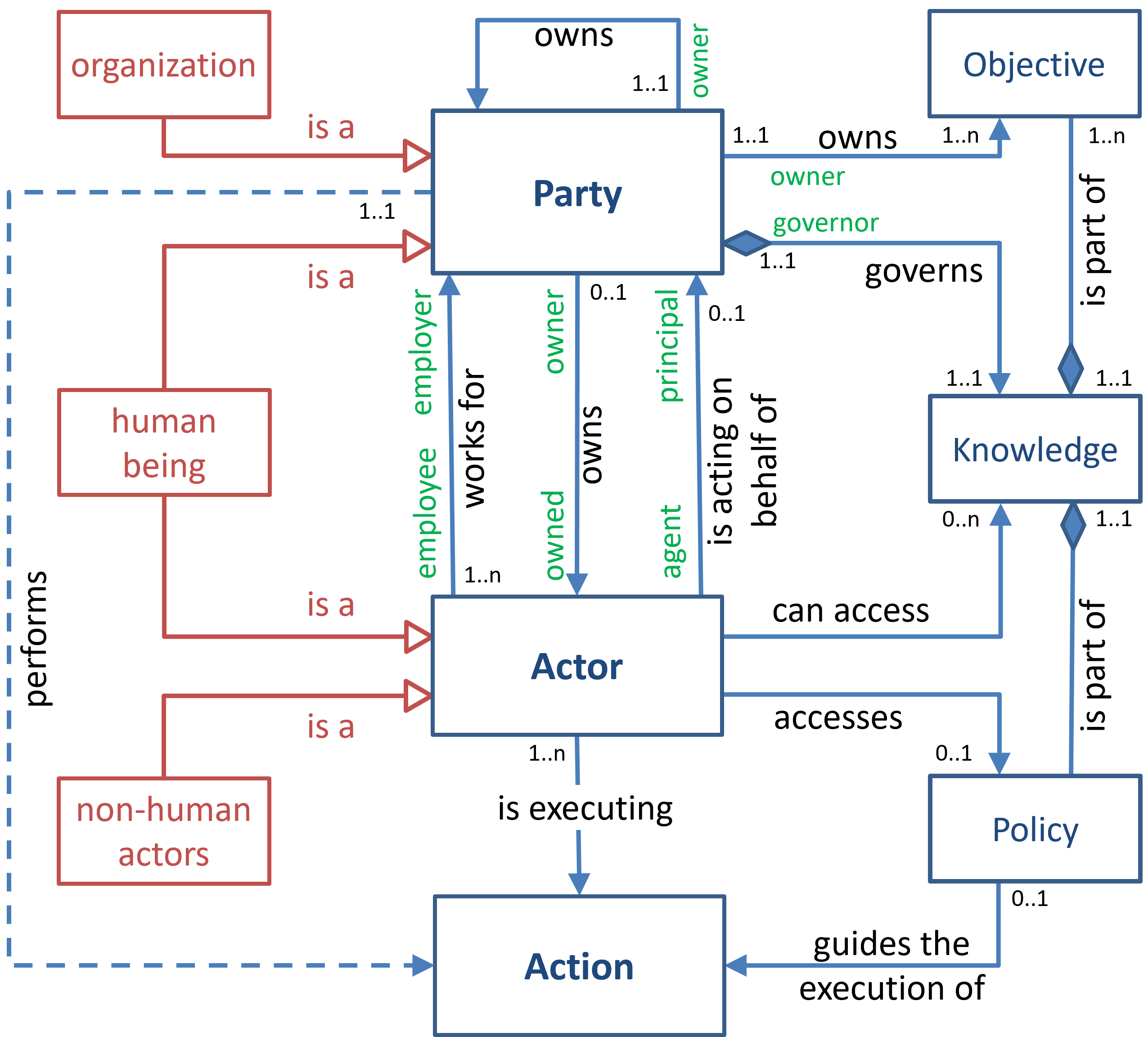/
2023-02-09 TRTF Meeting Notes
2023-02-09 TRTF Meeting Notes
Meeting Date
- The ToIP Trust Registry Task Force (TRTF) meets weekly twice every Thursday at the following times (to cover global time zones - see the Calendar of ToIP Meetings for full meeting info including Zoom links):
- NA/EU 07:00-8:00 PT / 15:00-16:00 UTC
- APAC 18:00-19:00 PT / 02:00-03:00 UTC
Zoom Meeting Link / Recording
- NA/EU MEETING:https://zoom.us/rec/share/JzvapoISACumf_2MylIxuqubByzYGHSLk8gWjWp0vnEDehHbPj1FRmUjn0hmCMSv.OVK-GC1POgUcZ5f9
- APAC MEETING: https://zoom.us/rec/share/rn5q99cx2PRZZsjCZH5h0GRceguzJi8C2O1qQU_jeh4792NArcTXGWapRblhz-V2.VmwGPHc7emBOy2LZ
(These links will be replaced with a link to the recording of the meeting as soon as that is available)
Attendees
NA/EU Meeting
- Darrell O'Donnell
- Antti Kettunen
- Andor
- Andor
- Abbie Barbir
- Vladimir Simjanoski
- Jacques Latour (Deactivated)
- Christian Heimann
- Scott Whitmire
- Viky Manaila
- Tim Bouma
- Neil Thomson
- mathieu
- @Hadrien Seymour-Provencher
- Sam Curren
- Lance Byrd
- Cosanna Preston-Idedia
- Scott Perry
- Drummond Reed
- Daniel Bachenheimer
- Subhasis Ojha
- Natasha D'Souza
- Mike Ebert
- Thomas
- Issac Henderson
- Steve McCown
- Lucy Yang
APAC Meeting
Agenda Items and Notes (including all relevant links)
| Time | Agenda Item | Lead | Notes |
| 5 min |
| Chairs |
|
| 5 min | Review of previous action items | Chairs |
|
| 20 mins | Recap of discussions from previous meetings. | Chairs | Chairs will lead discussion on recapping & reviewing the various discussions happening in the TF meetings and Github discussions. Review:
|
| 15 mins | Trust Registry Canada Work Review | mathieu | |
| 5 mins |
| Chairs |
Screenshots/Diagrams (numbered for reference in notes above)
#1
Decisions
- Sample Decision Item
Action Items
- Sample Action Item
, multiple selections available,







